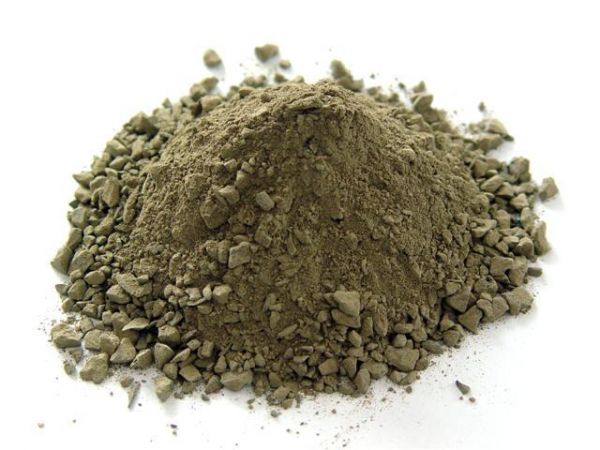- 03
- Nov
The difference between refractory ramming material and refractory castable
The difference between refractory ramming material and refractory castable
What is the difference between refractory ramming material and refractory castable? First of all, these two products are classified as unshaped refractory materials. Refractory ramming material is a construction method that uses ramming and is hardened by heating. Refractory castable is a construction method of pouring, which can harden without heating. What is the difference between refractory ramming material and refractory castable? The difference lies in the construction method and the hardening method. Please see the details below.
Definition of ramming and pouring
1. Refractory ramming material, mixing the refractory ramming material on site, using a pneumatic pick or mechanical ramming, the wind pressure is not less than 0.5MPa. The parts with less material or not important to use can also be knotted by hand. It is made by mixing refractory aggregates, powders, binders, admixtures with water or other liquids with a certain gradation. Therefore, the lining of refractory and refractory ramming materials has low moisture content, tight knots and better performance than refractory and refractory castables of the same material. The disadvantages of refractory refractory ramming materials are slow construction speed and high labor intensity, and there is a tendency to be replaced by dry vibrating materials and high-quality refractory refractory castables.
2. Refractory castables. Refractory castables are generally cast, vibrated or tamped at the site of use, and can also be made into preforms for use.
Application and classification
What is the difference between refractory ramming materials and refractory castables? Refractory castables have higher fluidity and are widely used. Parts with less refractory ramming materials or unimportant applications can also be knotted by hand. Refractory ramming materials are classified according to raw materials: high alumina, clay, magnesia, dolomite, zirconium and silicon carbide-carbon refractory ramming materials. Refractory castables are classified according to the raw materials: 1. According to the porosity, there are two kinds of dense refractory refractory castables and thermal insulation refractory materials with a porosity of not less than 45%; 2. According to the binder, there are hydraulic bonding and chemical bonding. , Condensation combined with refractory refractory castables.
Refractory castable is an unshaped refractory that is widely produced and used. It is mainly used to construct all kinds of heating furnace linings and other structures. It is widely used in metallurgy, petroleum, chemical, building materials, electric power, machinery industry kilns and heating equipment, and high-quality products can also be used for training furnaces.
Refractory ramming material is a bulk material made of silicon carbide, graphite, and electric calcined anthracite as raw materials, mixed with a variety of ultrafine powder additives, and fused cement or composite resin as a binder. It is used to fill the gap between the furnace cooling equipment and the masonry or the filler for the masonry leveling layer. Fire-resistant ramming material has good chemical stability, erosion resistance, abrasion resistance, shedding resistance, and heat shock resistance. It is widely used in metallurgy, building materials, non-ferrous metal training, chemical industry, machinery and other production occupations.

